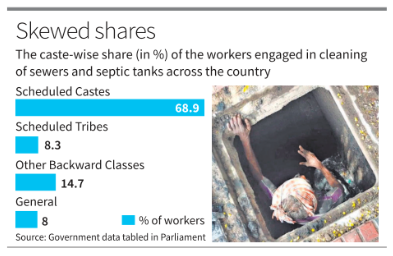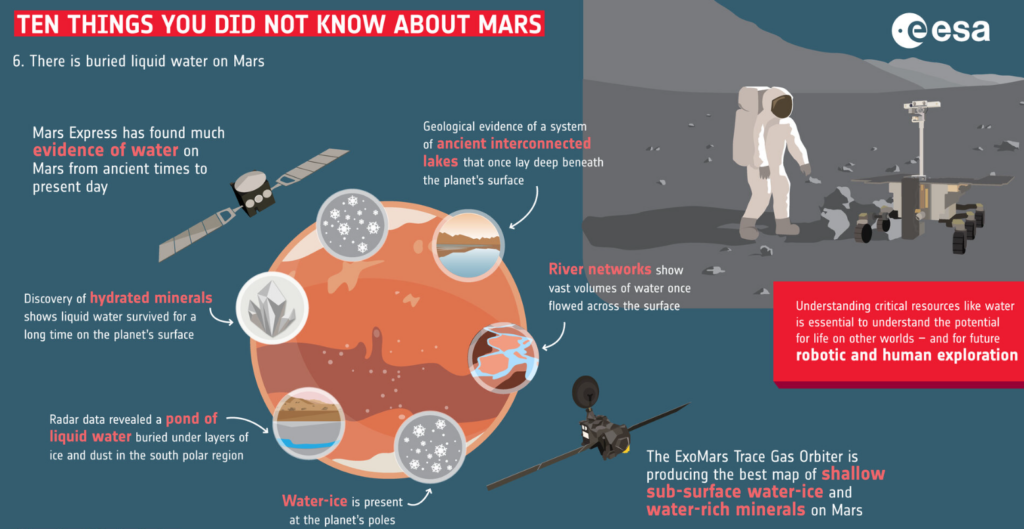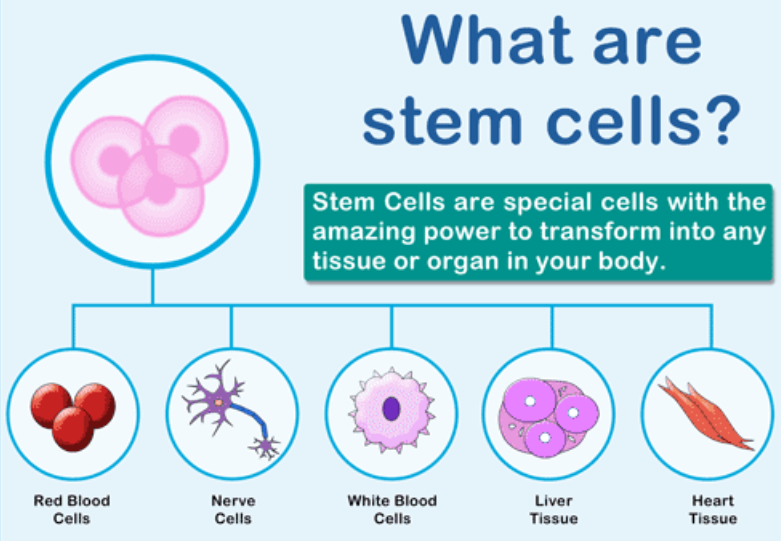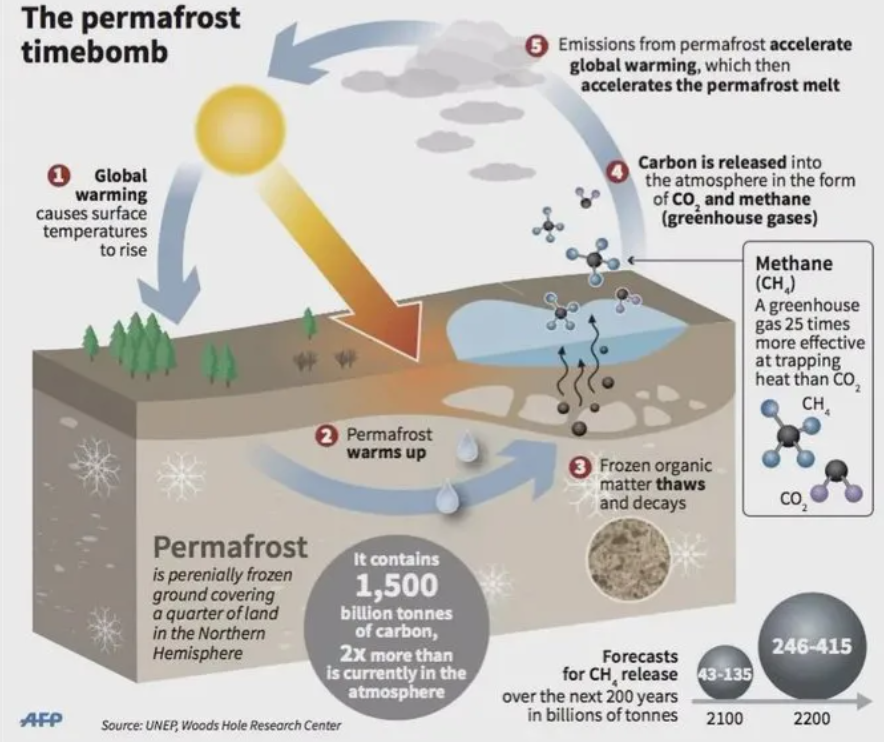30 September 2024 : Daily Current Affairs
1. Not just nothing, dark matter quests close in on dire ‘neutrino fog’
(Source – The Hindu, International Edition – Page No. – 7)
| Topic: GS3 – Science and Technology |
| Context |
|
Introduction to LUX-ZEPLIN (LZ) Experiment
- Scientists involved in the LUX-ZEPLIN (LZ) experiment, located 1.5 km underground in South Dakota, announced that they placed the tightest limits on the possible identities of dark matter particles.
- Although this result was a null outcome, meaning it did not identify dark matter, it clarified what dark matter could not be.
| Understanding Dark Matter |
|
Detecting Dark Matter
- The challenge is to detect whether dark matter interacts with atomic nuclei and electrons.
- Some theories suggest that dark matter can “touch” visible matter, but detecting this interaction is complicated.
Advancements in Detection
- Today’s experiments use tonnes of liquid xenon and argon to capture dark matter.
- Recent findings have ruled out dark matter-nucleus interactions at even smaller scales than previously thought.
Challenges Ahead
- Future experiments face increased noise from neutrinos, complicating the search for dark matter.
- Scientists are exploring ways to detect lighter dark particles that would scatter even less off nuclei.
Conclusion
- The hunt for dark matter continues to unite diverse talents in science, reflecting humanity’s relentless quest to understand the universe.
| Practice Question: Examine the concept of dark matter and its role in the universe. Discuss the major challenges faced by scientists in detecting dark matter and their implications for future research in astrophysics. (150 Words /10 marks) |
2. Glaciologist digs deep into permafrost to gauge future climate change disasters
(Source – The Hindu, International Edition – Page No. – 3)
| Topic: GS3 – Environment – Environmental pollution and degradation |
| Context |
|
| What Is Permafrost? |
|
|
Key Findings Of The Research:
- Impact on Infrastructure: The thawing of permafrost poses serious risks to infrastructure, with potential for buildings and roads to collapse, as evidenced by similar occurrences in other parts of the world, such as Canada.
- Link to Natural Disasters: There is an emerging correlation between permafrost thaw and recent natural disasters in the Himalayas, such as the bursting of the South Lhonak glacial lake in Sikkim, indicating that permafrost dynamics could be a contributing factor.
- Insufficient Data: The study highlights significant data gaps regarding permafrost conditions in the Indian Himalayas, necessitating more detailed research to understand its characteristics and behaviour.
| Thawing of Permafrost |
|
| Practice Question: Discuss the hazards associated with the thawing of permafrost due to climate change. What innovative strategies can be implemented to mitigate these hazards and promote sustainable development in permafrost regions? (150 Words /10 marks) |
3. Pusa-2090: A Sustainable Alternative to High-Yield Pusa-44 Paddy, Addressing Environmental and Agricultural Challenges
(Source: Indian Express; Section: Explained; Page: 11)
| Topic: GS3 – Agriculture |
| Context: |
| The article discusses the cultivation of Pusa-44 paddy by farmers in Punjab, its high yield and environmental consequences, and introduces the new variety Pusa-2090 as a sustainable alternative. |
Analysis of News:
Cultivation of Pusa-44 Paddy
- Farmers from Punjab have been cultivating Pusa-44 paddy since 2000 due to its high yield of 35-40 quintals per acre.
- Pusa-44, developed by the Indian Agricultural Research Institute (IARI), takes 155-160 days to mature and is favored for its higher yield compared to shorter-duration varieties like PR-126.
Environmental Costs of Pusa-44
- Despite its high yield, Pusa-44 has significant environmental costs. Its late harvest in October leaves little time for wheat planting, leading many farmers to burn stubble to clear fields.
- This practice contributes to severe air pollution in northern India. The delayed turnaround between paddy harvesting and wheat sowing is a major driver of farm fires, exacerbating environmental challenges.
New Varieties: Pusa-2090 as a Replacement
- To address the issues with Pusa-44, IARI has introduced Pusa-2090, a shorter-duration variety that matures in 120-125 days, similar to PR-126 but with yields closer to Pusa-44.
- The new variety offers the same grain yield (34-35 quintals per acre) while maturing earlier, reducing water usage and minimizing the need for stubble burning.
Farmer Adoption and Response
- Farmers are experimenting with Pusa-2090. The earlier harvest window allows for flexible crop rotation, with the potential for better yields and reduced environmental impact.
- The new variety’s milling quality and grain yield are promising, making it a viable alternative to Pusa-44.
Conclusion: Towards Sustainable Paddy Cultivation
- With its potential to replace Pusa-44, Pusa-2090 addresses both environmental and yield concerns, offering a sustainable solution for farmers while reducing air pollution and resource usage.
- Adoption of such improved varieties can lead to better agricultural practices in Punjab and Haryana.
| What can be the Alternatives to Stubble Burning? |
|
PUSA Decomposers:
Happy Seeder:
Palletisation:
|
|
PYQ: Consider the following agricultural practices: (2012) Contour bunding Relay cropping Zero tillage In the context of global climate change, which of the above helps/help in carbon sequestration/storage in the soil? (a) 1 and 2 only Ans: (b) |
| Practice Question: How does the introduction of Pusa-2090 as an alternative to Pusa-44 address the environmental and agricultural challenges faced by paddy farmers in Punjab? (150 words/10 m) |
Prelims Facts
1. 92% of workers cleaning urban sewers, septic tanks from SC, ST, OBC groups: survey
(Source – The Hindu, International Edition – Page No. – 1)
| Context |
|
Analysis of the news:

- A recent government survey highlights that 91.9% of the approximately 38,000 workers involved in hazardous cleaning of sewers and septic tanks across Indian cities belong to marginalised communities, specifically Scheduled Castes (SC), Scheduled Tribes (ST), or Other Backward Classes (OBC).
- This profiling initiative, conducted by the Ministry of Social Justice and Empowerment under the NAMASTE programme, aims to mechanise sewer work and prevent deaths associated with hazardous cleaning.
- The survey found that 68.9% of the profiled workers were SC, 14.7% OBC, and 8.3% ST.
- Between 2019 and 2023, at least 377 deaths linked to hazardous cleaning were reported.
- The NAMASTE programme focuses on providing safety training and equipment to these workers, transforming them into “sanipreneurs,” or sanitation entrepreneurs.
2. Israel pounds Lebanon, 2 more Hezbollah leaders among dead
(Source – The Hindu, International Edition – Page No. – 1)
| Context |
|
Places In News:

- Sidon: A southern city where airstrikes resulted in significant casualties, including the deaths of at least 24 people from strikes on two adjacent buildings.
- Baalbek-Hermel: A region where 21 people were killed, with at least 47 injured.
- Bekaa Valley: Specifically, the Joub Jenin area saw additional fatalities in targeted raids.
- These areas are crucial for Hezbollah’s operations and have faced intensified military actions.
3. Hurricane Helene leaves at least 69 dead as losses of a lifetime devastate residents
(Source – The Hindu, International Edition – Page No. – 14)
| Context |
|
Information about Hurricane Helene
- Landfall: Made landfall on Saturday in Horseshoe Beach, Florida.
- Affected Areas: Southeastern U.S., including Florida, South Carolina, Georgia, North Carolina, and Virginia.
- Casualties: At least 69 reported deaths, with fears of more bodies yet to be discovered.
- Damage Estimates: Ranged from $15 billion to over $100 billion.
- Infrastructure Damage: Significant destruction to roads, bridges, water systems, and communication networks.
3. Study Reveals How Ancient Water on Mars Disappeared, Unlocking Potential Future Resource
(Source: Indian Express; Section: Explained; Page: 11)
| Context: |
|
Analysis of News:

Central Question
- The primary question for scientists is why Mars’ atmosphere thinned, leading to the disappearance of water. A new study published in Science Advances offers insights into this mystery.
Study Findings: The Role of Rocks and Carbon Dioxide
- Geologists from MIT propose that water on Mars trickled through certain rocks, initiating a slow process that removed carbon dioxide from the atmosphere.
- This CO₂ was converted into methane and stored on the Martian surface, possibly within the folds of smectite clay.
Carbon Trapping by Smectite Clay
- Their research on Earth revealed that smectite, a type of clay, is an effective carbon trap.
- This material, composed of folds that can hold carbon for billions of years, could have similarly absorbed Martian atmospheric CO₂, cooling the planet over time.
Formation of Smectite on Mars
- Unlike Earth, where smectite forms through tectonic activity, Mars lacks such geological processes.
- Instead, the researchers theorize that smectite on Mars formed through the interaction of water with olivine, a ferrous rock abundant on the planet. This reaction produced methane, which was absorbed by the smectite clay.
Implications for Mars Exploration
- Methane trapped in the Martian surface could serve as a valuable resource for future human missions, potentially offering an energy source for colonization efforts on the Red Planet.
4. Stem Cell Breakthrough: Woman with Type 1 Diabetes Produces Insulin After Landmark Treatment
(Source: Indian Express; Section: Explained; Page: 11)
| Context: |
| A 25-year-old woman with type 1 diabetes, a disease where the immune system destroys insulin-producing cells in the pancreas, began producing her own insulin within three months of receiving a transplant of reprogrammed stem cells. |
Analysis of News:

First Successful Stem Cell Treatment
- This is the first successful use of stem cells to treat type 1 diabetes.
- Stem cells can grow into any tissue and be cultured indefinitely. Researchers hope this treatment could eliminate the need for immunosuppressants in the future.

Study Details
- Led by scientists in China and published in Cell, the study used cells from three type 1 diabetes patients, reverted them to a pluripotent state (where they have no specific function), and reprogrammed them into insulin-producing islets.
- Around 1.5 million islets were injected into the woman’s abdominal muscles.
Promising Results
- Two and a half months post-transplant, the woman was producing enough insulin independently. She has maintained this insulin production for over a year.
Next Steps
- While the results are promising, expert endocrinologist from the University of Miami, cautioned that further studies are needed to replicate the success.
- Experts also noted that long-term monitoring is essential to confirm whether insulin production continues for five years before considering a potential cure.
5. Sitaram Yechury’s Body Donation Highlights Critical Need for Cadavers in Indian Medical Education
(Source: Indian Express; Section: Explained; Page: 11)
| Context: |
| CPI(M) leader Sitaram Yechury, who passed away on September 12, donated his body to AIIMS for medical purposes. Body donation is not a common practice in India, though it holds significant value for science and medicine. |
Analysis of News:
Uses of Cadavers
- Cadavers are used for medical training, enabling doctors to practice surgery and understand human anatomy more accurately than with dummies.
- They are also essential for developing new medical devices and studying disease impacts.
Who Can Donate?
- Anyone over 18 can legally consent to donate their body. If not registered, the next of kin can decide after death.
- Bodies with infectious diseases or from organ donors are typically not accepted, and cadavers from unnatural deaths may also be refused.
Body Donation Process
- Body donations are managed by medical college hospitals’ anatomy departments.
- There is no national organization for tracking whole body donations, unlike organ donation.
- Forms are signed at the chosen department, and after death, the next of kin must contact them to finalize the process.
Cadaver Shortage in India
- There is a significant shortage of cadavers in Indian medical institutes.
- While AIIMS Delhi has received 70 cadavers over two years, other institutions like VMMC and ABVIMS have much lower numbers, despite increasing demand due to the rise in medical student intake.
Ethical Issues with Unclaimed Bodies
- To address shortages, medical colleges use unclaimed bodies, as allowed by state Anatomy Acts.
- However, this raises ethical concerns, as most unclaimed bodies come from marginalized groups, raising questions about consent and fairness. Many countries require explicit legal consent for cadaver donations.
6. Prime Minister Modi Dedicates Bidkin Industrial Area to the Nation
(Source – https://pib.gov.in/PressReleseDetail.aspx?PRID=2060099®=3&lang=1 )
| Context |
|

Bidkin Industrial Area (BIA):
- Location: Bidkin Industrial Area (BIA) is located 20 km south of Chhatrapati Sambhaji Nagar, Marathwada, Maharashtra.
- Development: Spans 7,855 acres, developed under the National Industrial Corridor Development Programme (NICDP) as part of the Delhi-Mumbai Industrial Corridor.
- Connectivity: Well-connected by NH-752E, 20 km from Aurangabad railway station, 30 km from Aurangabad Airport, and 65 km from Jalna Dry Port.
- Project Cost: Total cost of ₹6,414 crore; Phase A (2,511 acres) with an investment of ₹2,427 crore.
- Infrastructure: Equipped with wide roads, water, power supply, sewage, and common effluent treatment plants.
- Investments: Over ₹56,200 crore investment from companies like Ather Energy, Lubrizol, Toyota-Kirloskar, and JSW Green Mobility.
- Job Creation: Expected to create over 30,000 jobs.
- Economic Impact: Aims to boost industrial growth, generate employment, and align with “Make in India, Make for the World” vision.





